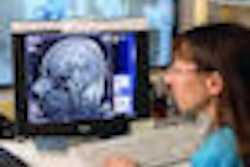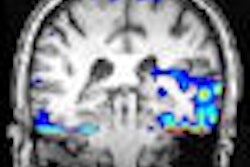Patients reporting new low-back pain are more likely to undergo surgery if treated in an area with a higher-than-average concentration of MRI scanners, according to a study published online on October 14 in Health Affairs.
Researchers led by Laurence Baker, Ph.D., at Stanford University School of Medicine in Stanford, CA, and colleagues correlated areas with high numbers of MRI machines to an increased likelihood that MRI scans will be performed on new low-back pain patients. In turn, high local MRI availability correlates with increased rates of low-back surgery.
Between 2000 and 2005, MRI availability in the U.S. more than tripled, from 7.6 machines per 1 million persons to 26.6 machines.
To determine how MRI technology influences patient treatment, the researchers collected data on traditional Medicare patients who received care for nonspecific low-back pain from 1998 through 2005.
The areas of MRI availability were divided into four groups, and the incidence of MRI scans and surgeries were determined in each group. Researchers projected that in 2004 there would have been 5.4% fewer low-back MRIs and 9% fewer back surgeries, if all Medicare patients reporting new-onset low-back pain had been living in the areas of lowest MRI availability.
Two-thirds of the MRI scans that appear to result from increased availability happened within the first month of onset of back pain. Clinical guidelines recommend delaying MRI use until four weeks after onset, during which time most low-back pain patients show spontaneous improvement.
The concern is that patients will not benefit from the higher rates of surgery, as previous studies have found that increased surgery rates don't improve patient outcomes, according to Baker and colleagues.
Related Reading
Study questions routine x-rays, MRIs for back pain, February 6, 2009
Copyright © 2009 AuntMinnie.com



















